Sun, rain, and regular mowing only take your yard so far. The real secret is feeding the turf. Applying balanced nutrients allows you to see the importance of lawn fertilization in action: nitrogen keeps blades green, phosphorus drives deep roots, and potassium fortifies cells against drought and heat.
Those core grass nutrient benefits sharpen color, thicken turf, and create a living shield that blocks pests and fungal disease.
Choosing Between Organic and Synthetic Lawn Fertilizers
Picking the right blend of nutrients hinges on how fast the grass needs feeding and how light the eco-footprint should be.
An organic lawn fertilizer feeds soil microbes first, releases nitrogen gradually, builds structure, and trims runoff, making it an environmentally friendly fertilizer choice.
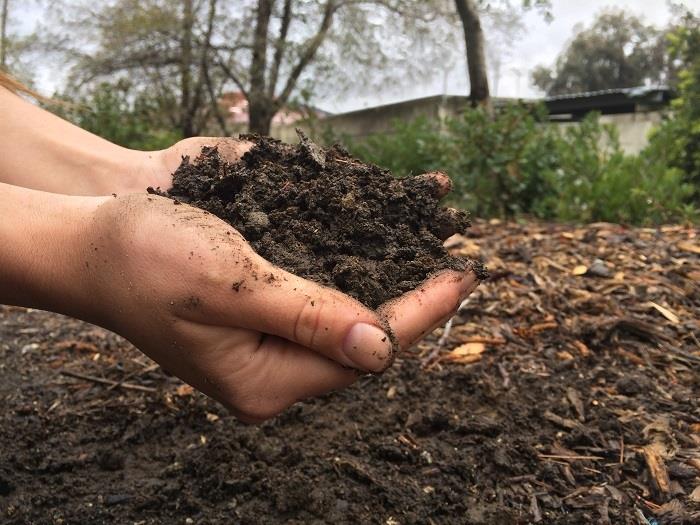
Synthetic formulas hit hard and fast, greening turf within days, yet their energy-intensive production and nitrate leaching sit high on the synthetic fertilizer cons list. Weigh soil-test results and turnaround expectations, then let this concise fertilizer selection guide match the product to yard goals.
Understanding Slow-Release vs. Fast-Release Fertilizers
Fresh nutrients at the right pace keep turf lush. Slow-release lawn fertilizer coats granules so nitrogen feeds grass for six to eight weeks, cutting burn risk and trimming spreader runs.
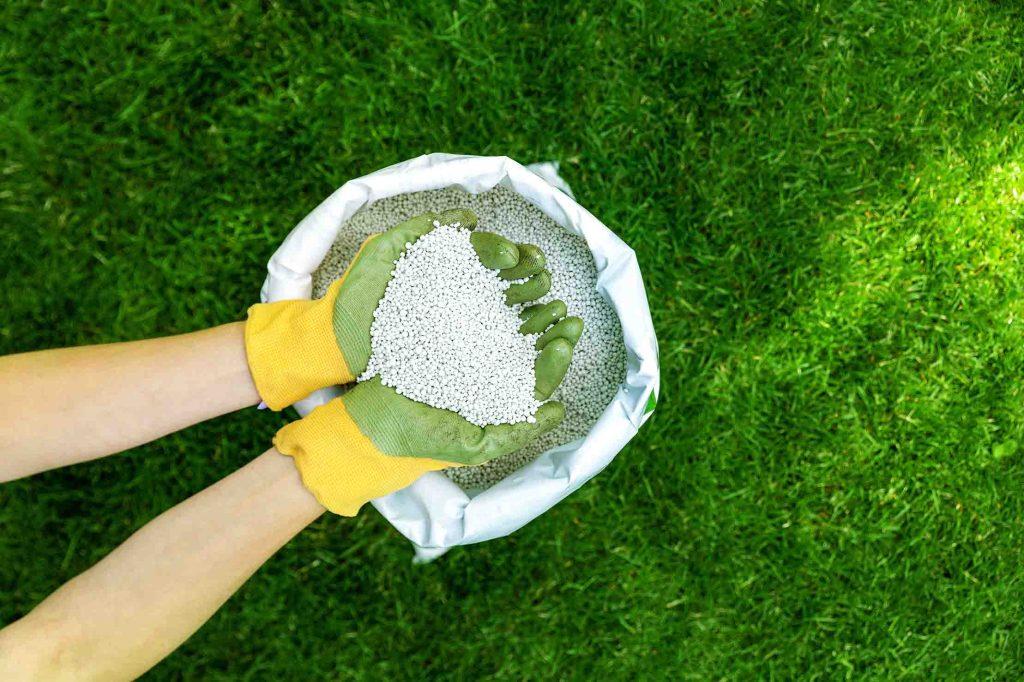
Cool-season lawns entering summer stress or owners seeking steady grass growth control lean on this option.
Fast-release nutrient solutions dissolve instantly. Blades green up within days, ideal after winter or for patch repairs, but water deeply to dodge scorch.
Accurately Determining Your Lawn’s Nutrient Needs
Grab a clean trowel, collect cores 3 to 4 inches deep from several spots, mix them well, and mail the composite sample to your county extension office or use a reputable kit. Lawn soil testing results show pH plus nitrogen, phosphorus, and potassium numbers.
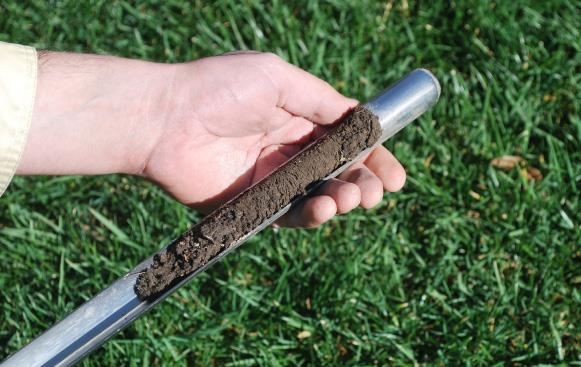
Pale blades, stunted growth, or patchy color usually point to grass nutrient deficiency. Apply quick-release nitrogen for fast green-up, bone meal for low phosphorus, and sulfate of potash when potassium dips to restore nutrient balance in lawns. Retest next season to identify soil nutrients again and fine-tune feeding.
Author’s Note: Check out the more accurate Mail-in Lab MySoil Soil Test Kit or the Convenient At-Home Rapitest Soil Test Kit for diagnosing nutrient deficiency and preparing your soil for the planting season!
Timing is Everything: When to Fertilize for Optimal Results
Think of fertilizer as timed fuel: cool-season turf wakes up hungry once soil hits 50-55 °F in March-May, so an early spring lawn fertilization jump-starts growth, then another dose in September strengthens roots for winter.
Warm-season blades like Bermuda prefer their first feeding when daytime temps reach 70 °F in late spring to early summer, with a light encore mid-August.
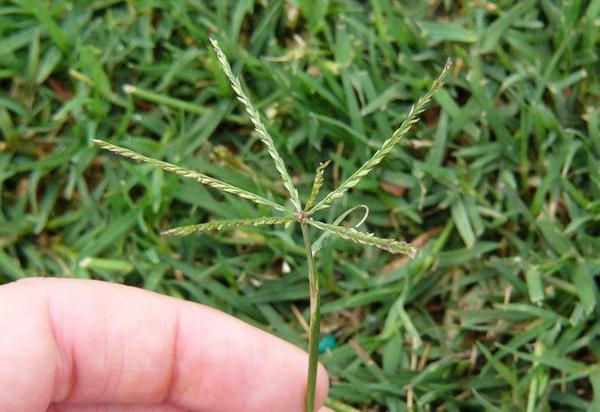
Building a seasonal fertilization schedule around active growth means nutrients go to roots, not runoff.
Mark a final pass of fertilizing in fall, about four weeks before the first frost, for both grass types. It’s widely regarded as the single best time to fertilize lawn for thicker turf next year.
Granular vs. Liquid Fertilizers: Best Application Techniques
Lush blades appear sooner when nutrients hit the roots the right way. Start by applying granular fertilizer with a calibrated broadcast spreader, pacing evenly, then watering lightly to lock in nutrients.
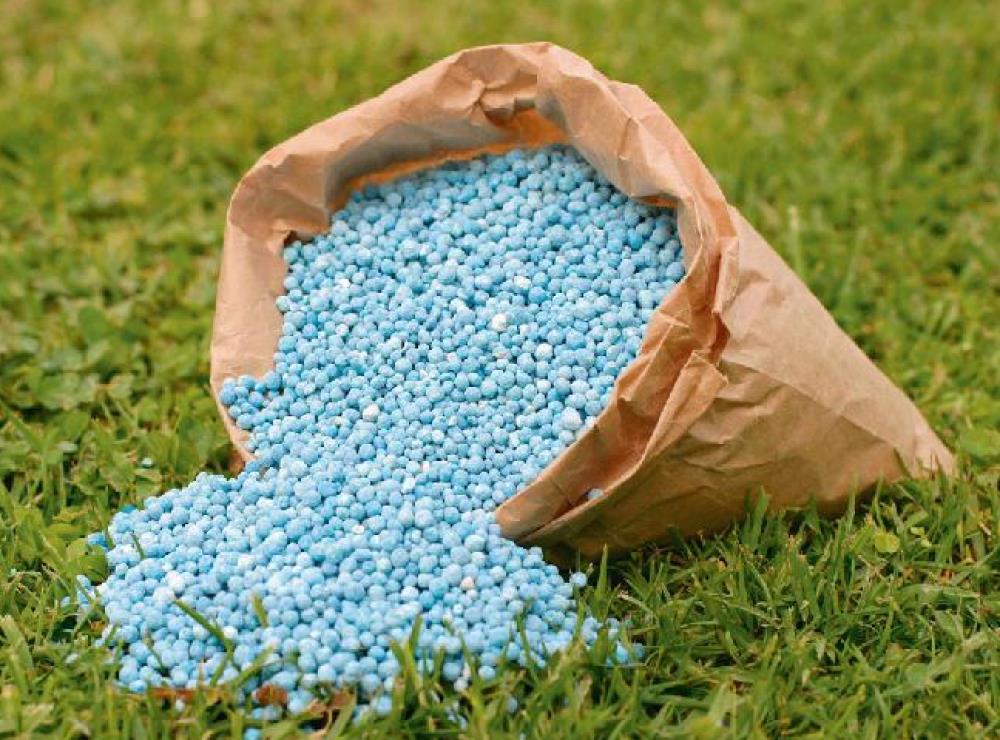
Liquids excel at quick touch-ups. The standout liquid fertilizer benefits are rapid nutrient uptake and no extra watering. Clip a hose-end sprayer, keep a steady stride, and overlap passes for reliable coverage. Key fertilizer application tips include checking wind speed, double-passing at right angles, and cleaning spreader gates or spray nozzles after use.
Measuring Your Lawn for Precise Fertilizer Application
Grab a tape measure or pacing wheel and jot down the length and width of each turf section. Multiply those numbers for every rectangle, then add the totals. This quick lawn size calculation locks in how many square feet actually need nutrients.
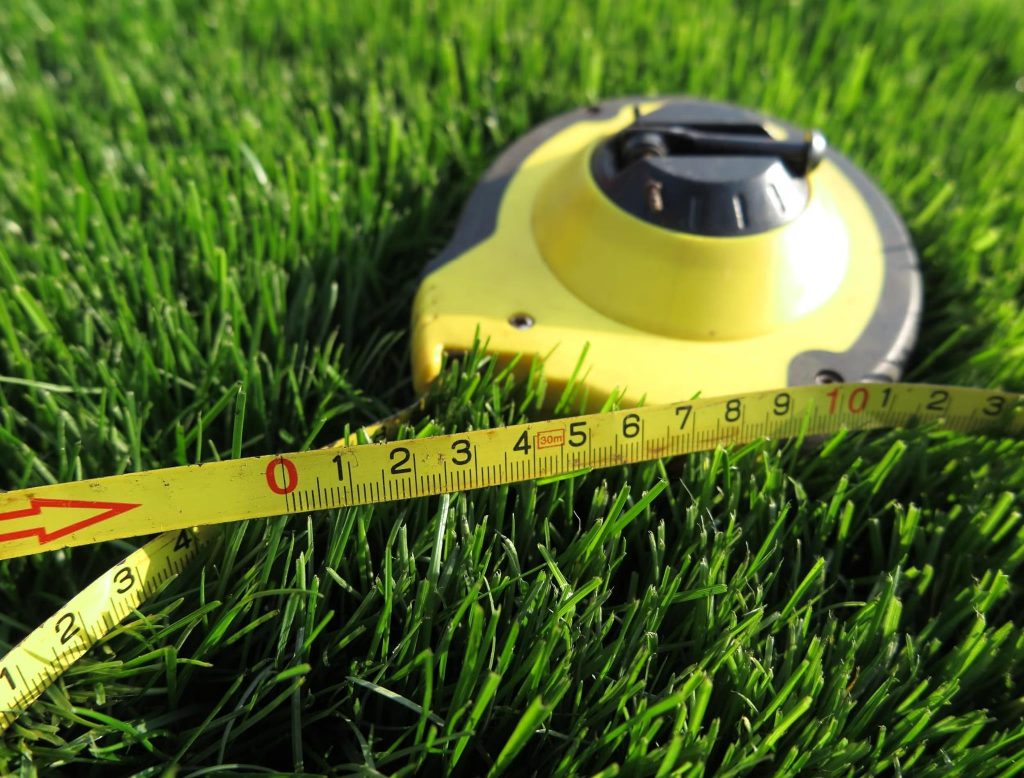
Check the fertilizer bag for pounds per 1,000 square feet, plug your area into any cooperative extension calculator, and match the printed fertilizer application rates exactly.
Skipping this math invites scorch marks or washed-out color, both signs of ignoring correct fertilizer usage. Confirm spreader settings, walk at a steady pace, and enjoy rock-solid lawn fertilization accuracy.
Essential Spring Fertilization Tips for Strong Grass Growth
That first warm spell is the signal to prep the spreader. Effective spring fertilization strategies begin once soil hits about 55 °F, usually after the last frost and once grass is tall enough for its first mow, so nutrients can be absorbed rather than washed away.
Pick slow-release nitrogen-rich fertilizers (look for an NPK around 20-10-10) to feed blades steadily and guard against surge-and-crash growth. As part of early-season lawn care, water lightly after application to move nutrients into the root zone, then keep mower blades sharp for clean cuts.
Maintaining Lawn Health During Summer Heat
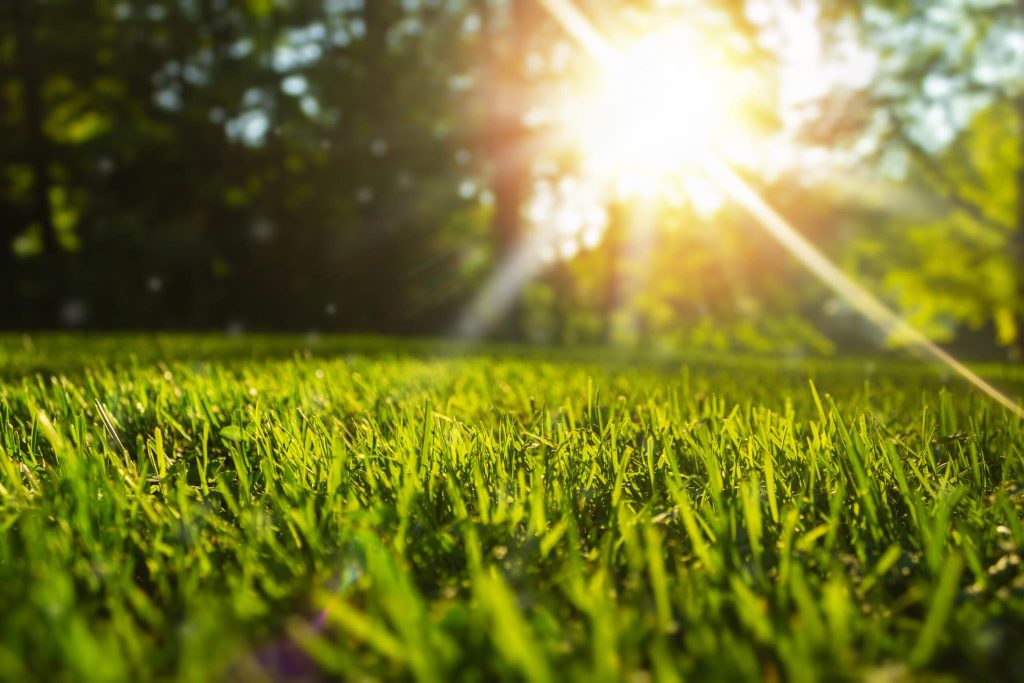
Summer heat can’t steal a lush lawn when fertilization happens sparingly with slow-release, balanced fertilizer use in early and mid-season. Apply on moist soil, then water again before 8 a.m. to lock nutrients in and sidestep burn.
Keep blades at three inches, sharpen the mower, and deep-soak once or twice weekly to push roots down. Together, these habits build rock-solid summer grass maintenance that feeds without forcing fragile, thirsty growth.
Preparing Your Lawn for Winter with Fall Fertilization
Early October feeding sets the stage for turf that shrugs off ice and frost. Fall lawn fertilization is one of the season’s most important passes, because carbohydrates produced now power deeper roots right through January.
Slot the application three to four weeks before ground freeze for top-notch winter lawn preparation. Reach for a potassium-rich fertilizer. Potassium fortifies cell walls, dialing up cold tolerance.
Avoiding Common Fertilization Mistakes
Skipping the basics can sabotage the yard faster than crabgrass. Mark these fertilization errors to avoid: ignoring a soil test, guessing nutrient needs, and forgetting to water in the granules.
Piling on nitrogen invites over-fertilization dangers like yellow burn and runoff, one of the most common lawn care mistakes.
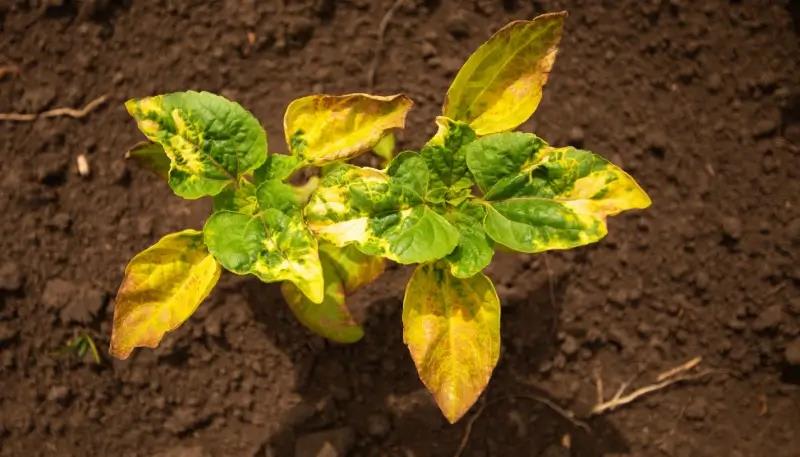
Stick with a soil-test report, measure product by the bag’s N-P-K, choose slow-release formulations, and water lightly within 24 hours. That routine forms proper fertilization practice that keeps grass green without waste.
Eco-Friendly Lawn Fertilization Practices
Healthy grass loves food that also respects the planet. Start with sustainable lawn care moves like top-dressing with compost or aged manure, which feeds soil microbes and cuts synthetic use.
Swap quick-release chemicals for organic blends and eco-friendly fertilization pellets made from poultry litter or biosolids. Boost soil life further by working in natural lawn amendments such as kelp meal, bone meal, and coffee grounds. Water only when the soil needs it, mow high, and sweep stray granules off pavement.
Conclusion: Cultivating Your Dream Lawn with Effective Fertilization
Regular feeding keeps grass greener, thicker, and tougher against foot traffic. Start with a soil test, follow early spring and early fall applications, and use slow-release products matched to turf type. That’s the backbone of lush lawn fertilization, backed by measured nitrogen in spring and potassium-rich formulas before winter.


